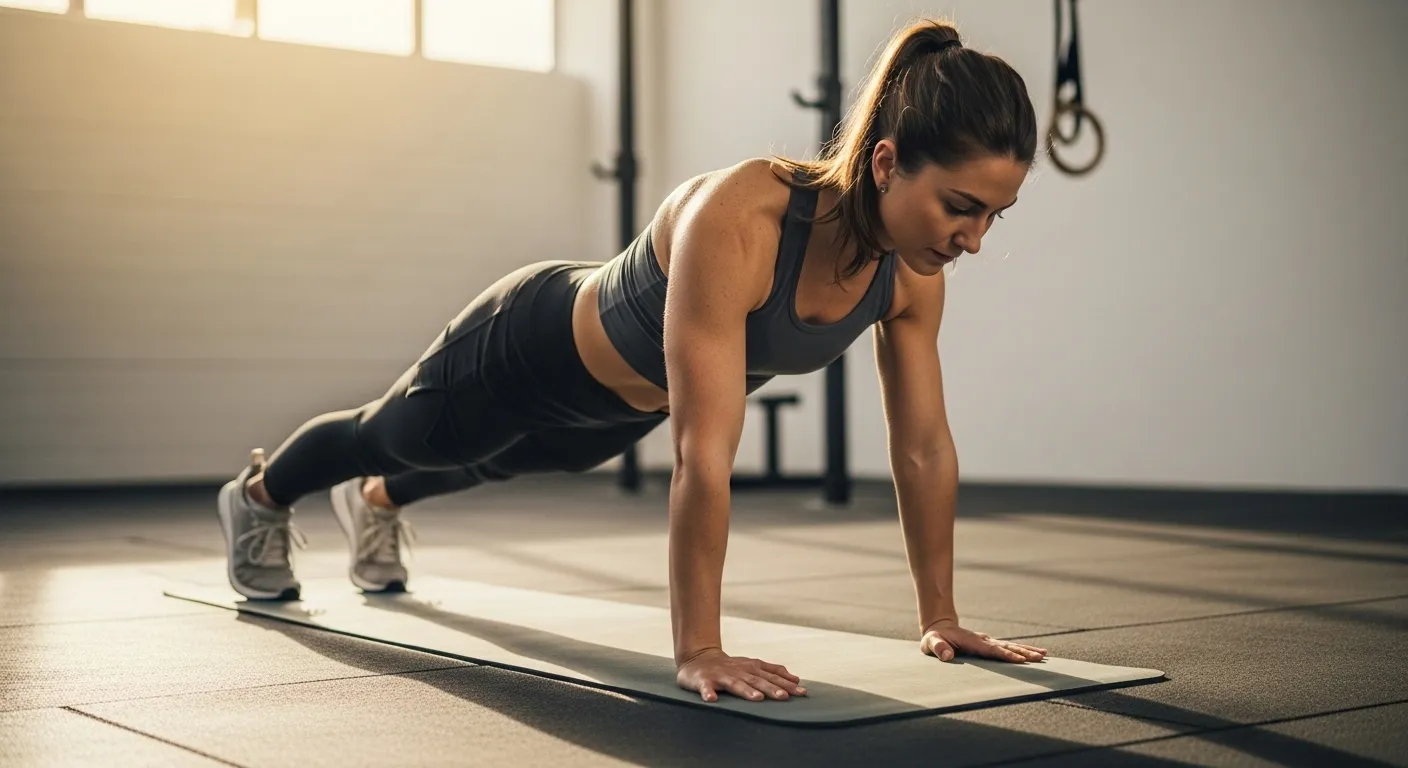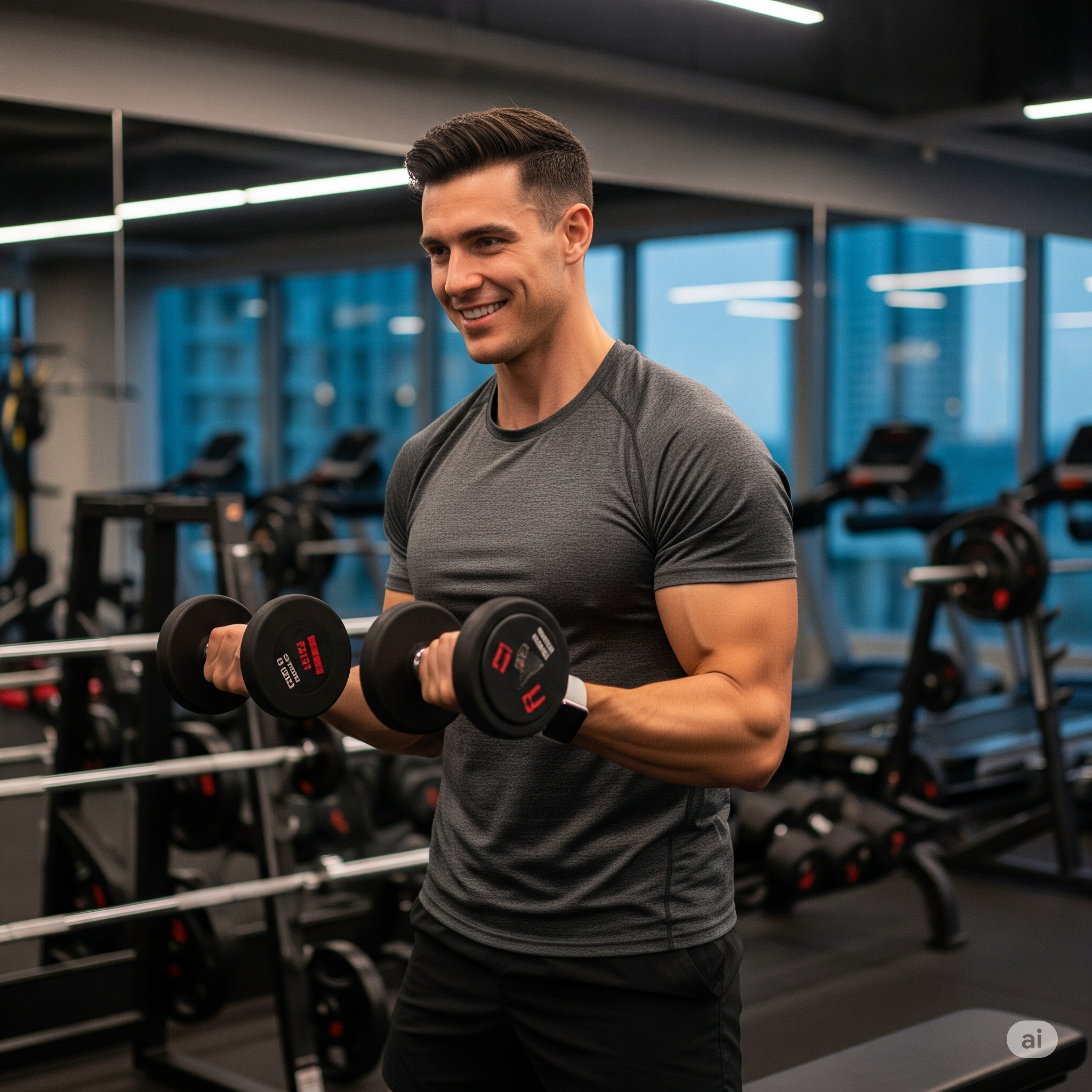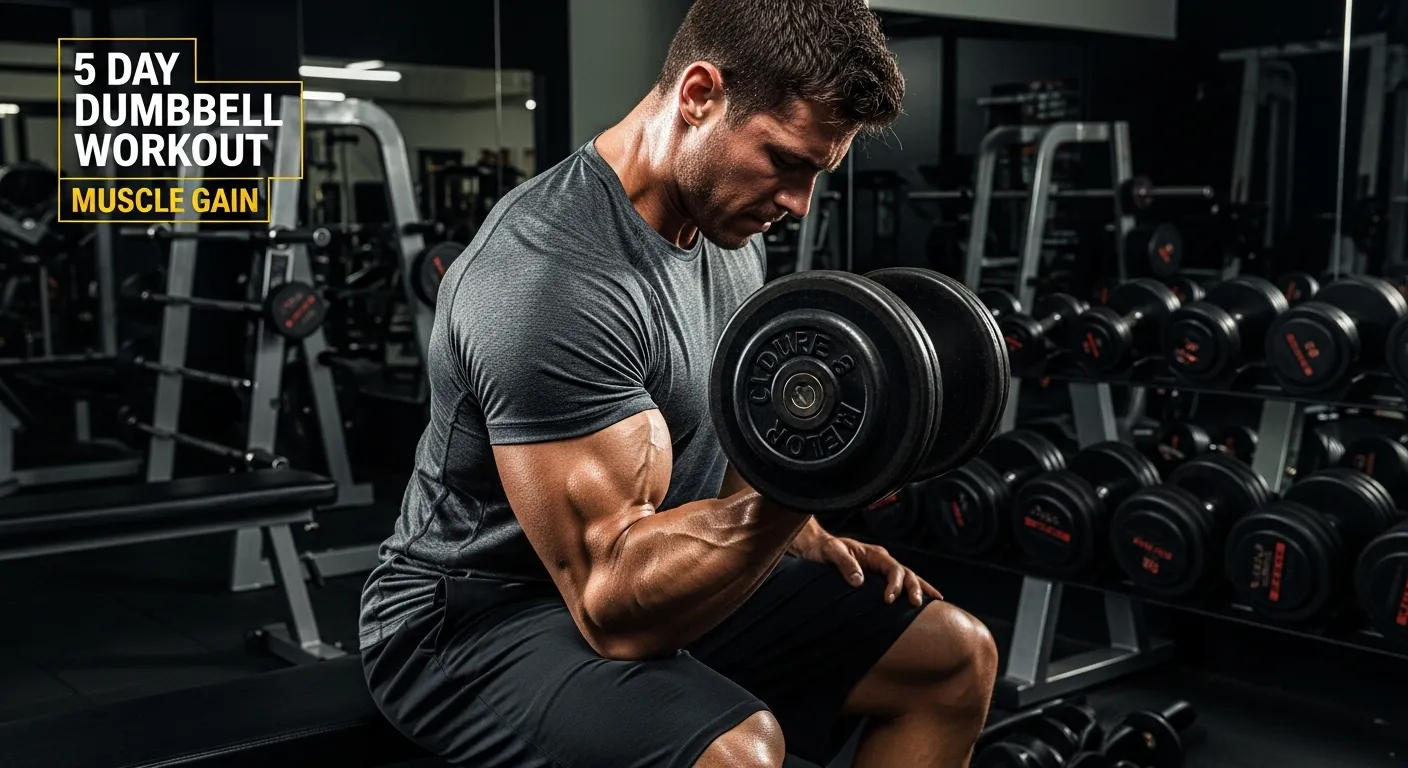Defined Fitness: What It Really Means and Why It Matters

I’ve spent years helping people chase fitness goals,lose fat, build strength, get in shape. But the phrase that comes up a lot, and often gets misunderstood, is defined fitness. Most people think it’s about how you look in the mirror, visible abs, tight arms and toned legs. Sure, that’s part of it. But true defined fitness runs deeper than that.
The kind of power is visible and can be felt as well. It is not only about the aesthetic of the muscles, the main factors are still control, endurance, and balance. Finally, it is the matter of having a body that is not only efficient but also durable.
That’s what I want to unpack today. What defined fitness really means, why it matters, and how to achieve it in a way that sticks.
What Is Defined Fitness
Defined fitness isn’t about perfection. It’s about precision. When your muscles show, it’s not only because you’ve trained hard, it’s because your training, your diet, and your lifestyle are all working together. That’s defined fitness.
It includes having strong muscles, effective strength, and good behaviors. You don’t have to appear like a bodybuilder to be defined. You simply require to make a body that looks strong, moves well, and feels strong.
The key is balance. You train smart, you eat right, you recover properly. When those three align, your definition comes naturally.

The Meaning of Fitness
The meaning of fitness changes depending on who you ask. Some see it as performance, others as appearance. To me, fitness is being ready for life, mentally and physically. If your body can handle long days, unexpected challenges, and physical effort without complaint, you’re fit.
Add “defined” to that, and you get something more visible. You can see the work in your frame. Your body composition, how much muscle and fat you carry, tells the story.
Defined fitness is that sweet spot where form meets function. You’re strong enough, lean enough, and healthy enough to do whatever life asks of you.
The Core Components of Defined Fitness
Every defined body is built on five key components. Skip one, and you’ll hit a wall eventually.
| Component | What It Means | Why It Matters |
|---|---|---|
| Body Composition | Ratio of muscle to fat | Determines how you look and feel |
| Muscular Strength | How much force your muscles can create | Builds power and posture |
| Muscular Endurance | How long muscles can work | Keeps energy steady |
| Cardio Health | Heart and lung efficiency | Helps fat loss and stamina |
| Flexibility & Mobility | Range of motion | Prevents injury and keeps movements clean |
You don’t need to master them all overnight. But if you want long-term results, every one of them deserves attention.
How to Achieve Defined Fitness
There’s no magic formula. Defined fitness isn’t built in a 6-week challenge, it’s built over time. Here’s what works. Always has.
Strength and Endurance Training
Strength training builds your muscle. Endurance training reveals it. You need both. You don’t have to lift like a powerlifter. You just have to train regularly and push with intention.
Start with 3 to 4 strength sessions a week. Use compound movements like squats, lunges, push-ups, and presses. Those give the biggest return.
Then mix in cardio, two sessions per week. Walking, running, cycling and swimming, it all counts. The goal is consistency, not punishment.

Nutrition for Fitness
You can’t talk about definition without talking about food. I’ve seen people train like athletes but eat like teenagers. They never get results. Nutrition is the real separator. Defined fitness comes from feeding your body with intention.
Keep your meals balanced:
- Protein: to repair and build muscle.
- Complex carbs: for energy.
- Healthy fats: for hormones and recovery.
- Water: always.
No need for extreme diets. Just consistency. Eat clean 80% of the time and stay hydrated.
Functional Fitness Training
Fitness isn’t just about how you appear. It’s about the way you move. Functional training helps you build usable strength, lifting groceries, climbing stairs, carrying your kids without strain.
Do movements that are like what you do every day. Planks, squats, rows, step-ups, and core exercises. The goal is a body that performs well in the real world.
Home Fitness Routine (No Equipment)
You don’t need a gym membership. You just need space and effort. Here’s a simple home fitness routine that hits strength and endurance together:
Routine A (Strength Focus)
- 15 squats
- 10 push-ups
- 10 lunges per leg
- 30-second plank
- 10 burpees
Routine B (Cardio Core)
- 30 jumping jacks
- 15 mountain climbers
- 20 sit-ups
- 15 push-ups
- 45-second plank
Alternate A and B three to four times a week. Rest between rounds. Do this for eight weeks. Your endurance will rise, your muscles will tighten, and you’ll start noticing real definition.

Body Composition and Fitness
Let’s talk about the piece everyone overlooks, body composition. It’s not your total weight that matters. It’s what that weight is made of. You could weigh 160 pounds with 30% body fat or the same weight with 15%. The mirror will tell you which is fitter.
Focus on building muscle and dropping fat. That combination gives you definition. Tracking helps. Measure inches. Take photos every month. Don’t obsess, just notice trends.
Lean Muscle and Toning
You want to look defined? Build lean muscle. It’s that simple. But lean muscle doesn’t come from doing a million reps with baby weights. It comes from working hard, eating right, and resting properly.
Do compound lifts, keep your tempo controlled, and stay consistent. Mix isolation work for detail, curls, dips, lateral raises, but base your training around movement, not muscle groups.
Daily Fitness Habits
The workouts are just one piece. Your daily habits decide whether results last.
Here’s what matters most:
- Sleep enough, recovery happens when you rest.
- Eat real food, stay full and not stuffed.
- Move every day, even on rest days.
- Drink water like it’s part of your program.
- Track your progress and adjust slowly.
These habits sound small, but they compound. After six months, you won’t even think about them, they’ll just be part of your life.

Cardio and Strength Balance
You can’t choose one over the other. Strength shapes you. Cardio reveals that shape.
A good ratio:
- 3 strength days
- 2 cardio days
- 1 flexibility or mobility day
- 1 rest day
If time’s tight, combine them. A quick full-body circuit can give both benefits in 30 minutes.
Mental and Physical Fitness
Defined fitness is as mental as it is physical. The body follows the mind.
You won’t feel motivated every day. Nobody does. That’s fine. What counts is showing up anyway. Build discipline first, motivation second. One follows the other.
Sustainable Fitness Goals
Stop thinking in “before and after”. Defined fitness doesn’t end. Set goals that fit your life. Not what you saw online.
Small wins matter. Maybe it’s doing five more push-ups. Or lifting ten more pounds. Or just training without skipping a week. Those steps build momentum, and momentum builds results.
Common Mistakes
I’ve seen these for years:
- Too much cardio, not enough strength.
- Not eating enough to build lean muscle.
- Skipping rest days.
- Jumping between programs.
- Expecting results too fast.
Stay patient. The body always responds, it just works on its own timeline.

Benefits of Regular Exercise
Beyond the look, here’s what defined fitness actually gives you:
- Stronger joints and bones
- Better heart health
- More energy all day
- Lower stress levels
- Better sleep and focus
These benefits last. The tone and shape are just the bonus.
Fitness Progress Tracking
Write things down. Keep a simple notebook or use your phone. Track your workouts, your meals, and how you feel.
Numbers tell part of the story, but progress photos tell more. Look at how you stand, how you move, how you carry yourself. That’s where real growth shows up.
Table: Quick Guide
| Area | Focus | Benefit |
|---|---|---|
| Training | Strength and cardio mix | Balanced results |
| Nutrition | Clean meals, steady energy | Better recovery |
| Habits | Sleep, water, movement | Sustainable lifestyle |
| Mindset | Patience and routine | Lasting success |
FAQs
1. What is defined fitness?
Defined fitness means having visible muscle tone, balanced strength, and the endurance to handle daily activities easily.
2. How long does it take to achieve a defined body?
If they stick to their training and diet, most people will see a big difference in 8 to 12 weeks.
3. Can I get defined fitness at home?
Yes. You can achieve strong, lean results using bodyweight training and a clean diet.
4. How important is nutrition?
It’s everything. Nutrition decides whether your training shows on your body or stays hidden.
5. What’s the biggest mistake people make?
They give up too early. Real results come from patience, not perfection.

I’m Benjamin Clark, dedicated to elevating your athletic performance. Get targeted fitness plans, injury prevention techniques, sports psychology insights, and the latest in nutrition. Let’s train smarter.


